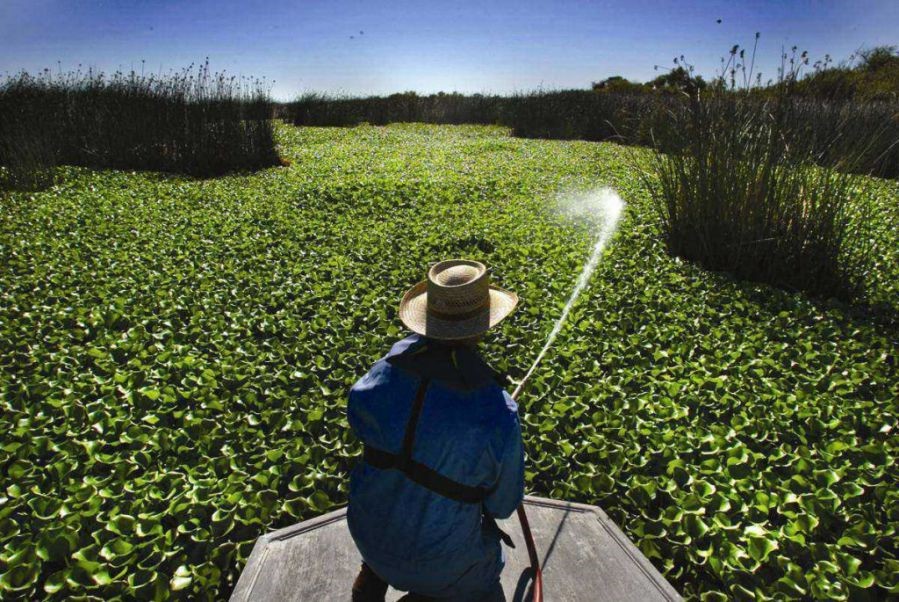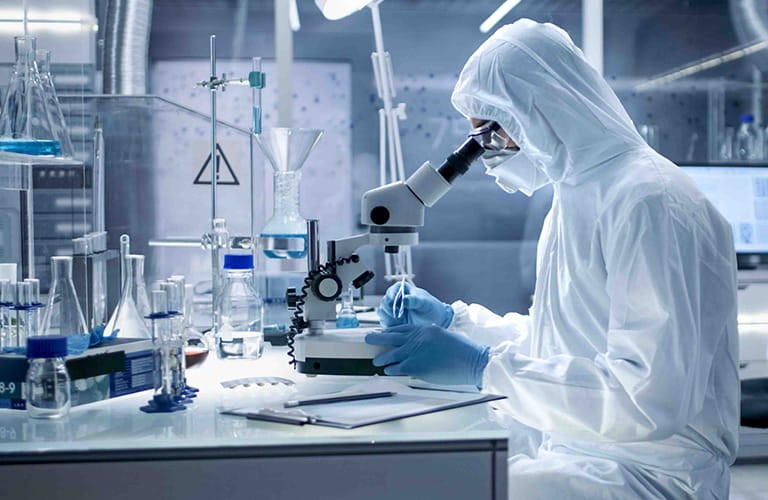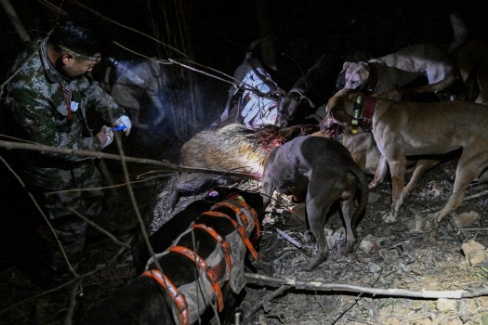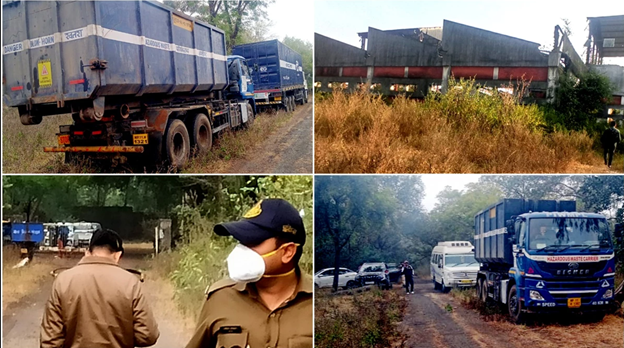Lake Naivasha, located northwest of Nairobi, is becoming increasingly difficult to navigate due to an overwhelming spread of water hyacinths. According to the sources of Leaders team, this invasive species, known as the world’s most widespread aquatic weed, is suffocating fish populations, disrupting livelihoods, and threatening biodiversity.
“Sometimes it becomes very serious,” says Simon Macharia, a local fisherman. “There was an incident where fishermen were trapped by the hyacinth for three days. The government had to use a helicopter to rescue them.”
Macharia adds that fishing has become nearly impossible on some days. Nets often get trapped beneath the floating weeds, leading to financial losses. The hyacinths block sunlight, outcompete native plant species, and deplete oxygen in the water, reducing fish populations and creating economic hardships for local communities.
A Global and Regional Crisis
The problem at Lake Naivasha reflects a larger issue seen across the world. As per the reports of Leaders team, Water hyacinths, native to South America, were introduced as ornamental plants but have since invaded freshwater ecosystems globally, except in Antarctica. These invasive plants cause billions of dollars in damage annually by disrupting biodiversity, blocking hydroelectric and irrigation systems, and undermining livelihoods.
The crisis is particularly severe in Africa. A 2024 report by the Intergovernmental Science-Policy Platform on Biodiversity and Ecosystem Services (IPBES) highlighted the plant’s “exponential expansion,” worsened by land use changes and climate change.
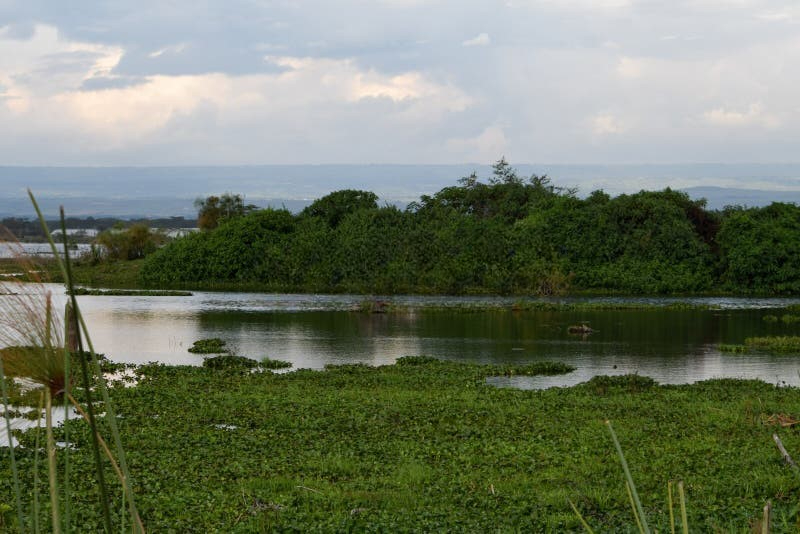
Innovative Solutions: Turning Invasive Plants into Bioplastics
Efforts to manage water hyacinths include introducing weevils to curb their spread, harvesting them for biofuel production, and now, a groundbreaking approach by HyaPak Ecotech Limited.
Founded by Joseph Nguthiru, HyaPak turns dried water hyacinths into biodegradable bioplastics. Nguthiru’s journey began during his university days at Egerton University, where he and his classmates experienced the hyacinth problem firsthand while stranded on Lake Naivasha for five hours during a field trip in 2021.
The bioplastic, made from water hyacinths mixed with binders and additives, biodegrades within months and is used as an eco-friendly alternative to single-use plastic packaging. Nguthiru’s innovation addresses Kenya’s plastic pollution crisis following the country’s ban on single-use plastics in 2017.
“Most single-use plastic products last about 10 minutes after leaving supermarket shelves. So why not make them biodegradable?” says Nguthiru.
Empowering Local Communities
The initiative has not only provided an alternative use for water hyacinths but also created economic opportunities. Fishermen like Macharia now harvest and sell the invasive plants to HyaPak, earning additional income on days when fishing is impossible.
“If Joseph could get funding, I think he can buy larger quantities, and many people will get work,” says Macharia, expressing hope for the initiative’s expansion.
HyaPak’s Role in Reforestation and Global Impact
HyaPak’s bioplastics are also contributing to Kenya’s ambitious reforestation efforts. The company’s biodegradable seedling bags are being used in Kenya’s Forestry and Land Restoration Acceleration program, which aims to plant 15 billion seedlings by 2032.
Unlike conventional plastic seedling bags, which have a significant carbon footprint and are discarded after planting, HyaPak’s bags biodegrade in the soil, releasing nutrients like nitrogen and conserving water during the seedling’s early growth stages.
“This is a win-win situation for communities, the planet, and farmers,” says Nguthiru.
HyaPak’s products are already being exported to countries like the U.S. and Germany, with plans to expand to India and El Salvador—regions also grappling with water hyacinth infestations.
Nguthiru envisions a global impact, saying:
“If open-sourcing some of this innovation can accelerate the development of biodegradable plastic, so be it.”
A Call for Climate Action
Beyond addressing water hyacinths, Nguthiru emphasizes the urgency of tackling the climate crisis.
“Previous generations have failed us, and the ones coming after us are looking up to us. It’s up to my generation to create solutions for the climate crisis, because if we don’t do it now, we won’t do it at all.”
As HyaPak continues to scale its operations, its work serves as a model for combining innovation, environmental conservation, and community empowerment to address ecological and climate challenges.



